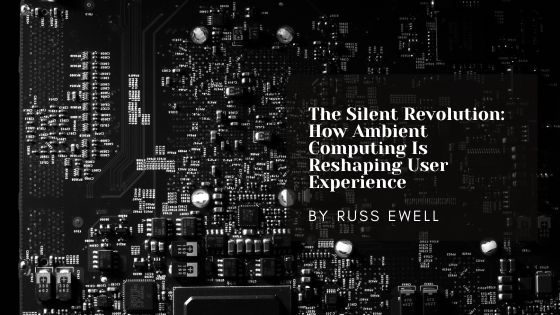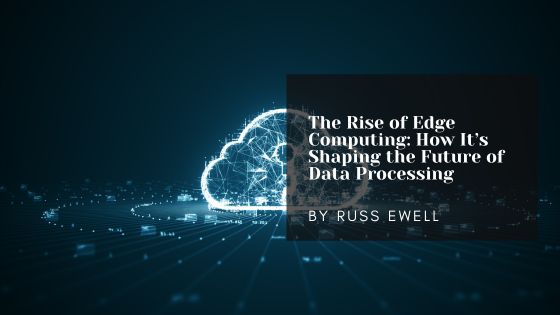We’re living in a world where technology is becoming less visible—but more present than ever. Ambient computing, often referred to as the “silent revolution” of tech, is changing how we interact with devices, data, and the digital environment around us. Unlike traditional computing, where users actively engage with a screen or keyboard, ambient computing works quietly in the background—anticipating needs, responding to voice, movement, or even presence.
What Is Ambient Computing?
Ambient computing refers to an environment where digital devices, sensors, AI, and networked systems seamlessly work together to serve users without requiring direct commands. It combines elements of artificial intelligence, machine learning, the Internet of Things (IoT), and natural user interfaces (such as voice or gesture recognition) to create a context-aware experience. The goal is to make technology almost invisible—blending into daily life in a way that feels natural and intuitive.
From Smart Homes to Smart Worlds
We’re already seeing ambient computing in action. Smart home systems like Amazon Alexa, Google Nest, or Apple HomeKit can adjust lighting, control appliances, or provide updates based on your routines. Wearables like smartwatches collect biometric data and deliver real-time health insights. In office settings, ambient systems can optimize lighting and temperature based on occupancy. The idea is that the environment adapts to you—not the other way around.
Redefining User Experience
One of the biggest impacts of ambient computing is how it redefines the user experience (UX). Instead of focusing on interfaces and screens, UX design now involves creating experiences that are proactive, personalized, and frictionless. Users don’t have to think about interacting with technology—it just works. This shift from reactive to anticipatory design means systems can meet needs before they’re even fully expressed.
Privacy and Ethical Considerations
With great power comes great responsibility. Ambient computing raises important questions about privacy and consent. Devices are constantly collecting data—often passively—which can blur the line between helpful and intrusive. Designers and technologists must prioritize ethical frameworks that give users control, transparency, and the ability to opt in or out of specific features.
Opportunities Across Industries
The potential for ambient computing stretches far beyond the home. In healthcare, ambient sensors can monitor patients non-invasively and alert providers to changes in condition. In retail, stores can offer personalized experiences based on foot traffic, shopping habits, or even emotion detection. In transportation, vehicles equipped with ambient tech can enhance safety, comfort, and efficiency by responding to driver behavior and road conditions in real time.
The Future Is Invisible—but Intelligent
As ambient computing continues to evolve, the line between the physical and digital world will become increasingly blurred. We’ll move from actively “using” technology to coexisting with it. Experiences will be defined not by clicks or taps, but by seamless interactions that require little to no conscious effort.
Conclusion
Ambient computing isn’t about flashy interfaces or new gadgets—it’s about making technology fade into the background while enhancing the human experience. The revolution may be silent, but its impact is loud and clear. For users, businesses, and designers alike, the future of interaction is ambient, intelligent, and effortlessly intuitive.









